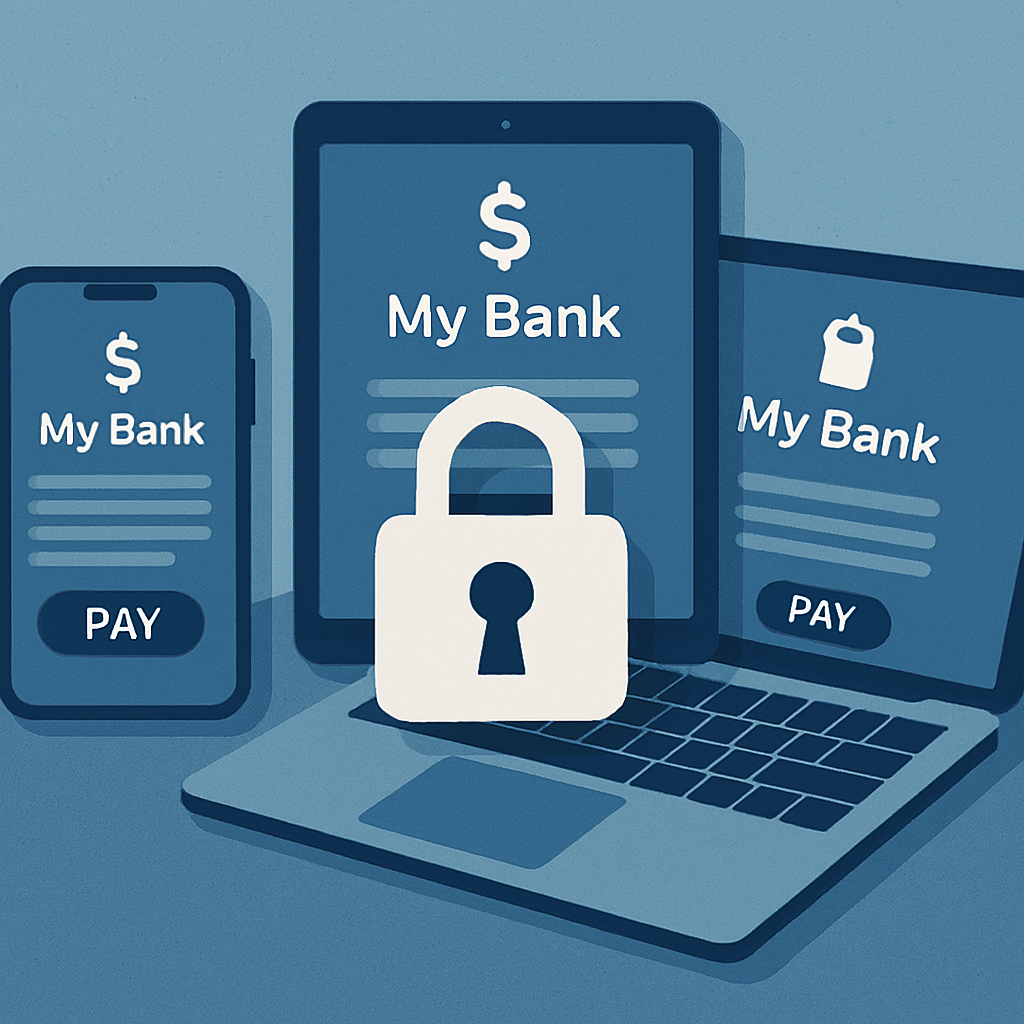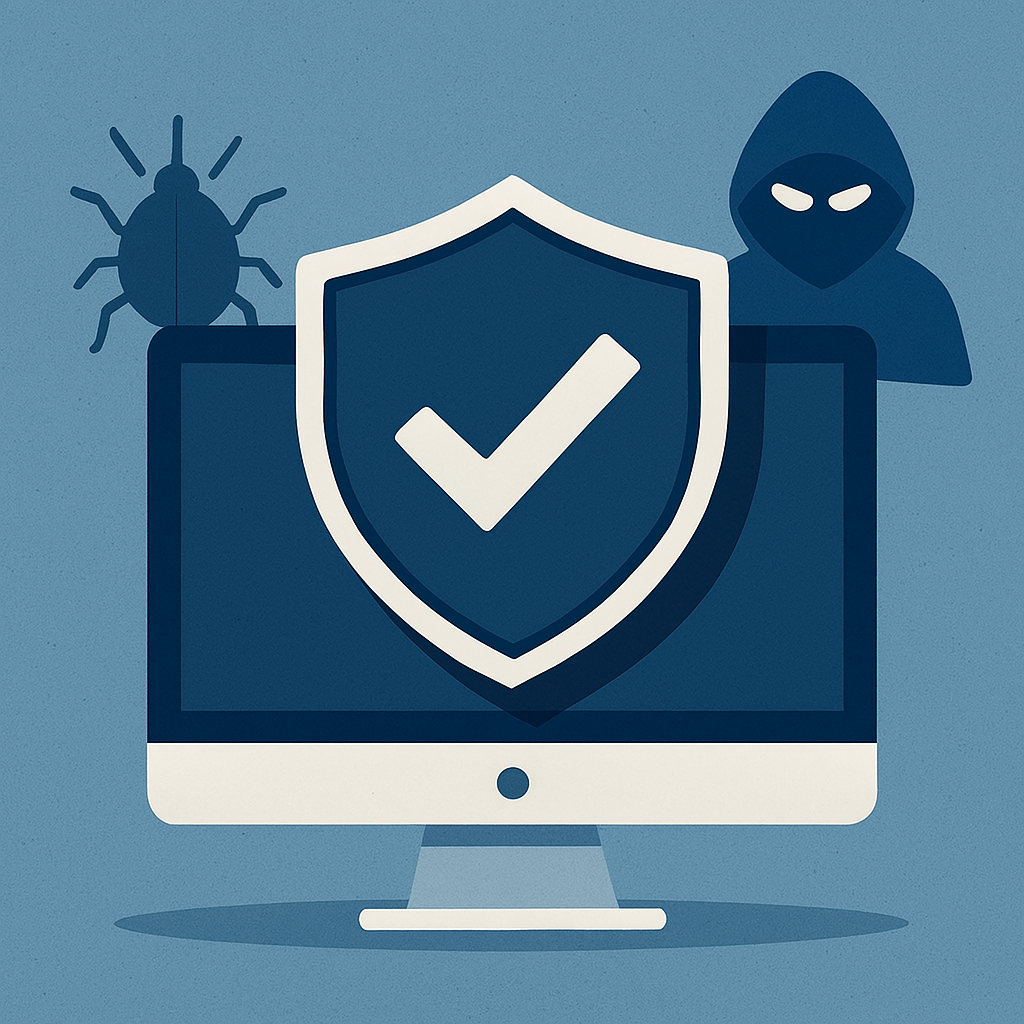Assessing the Threat of Using Portable Devices to Access Banking Services
Introduction
In today’s digital-first world, convenience is at the heart of every financial transaction. Customers can transfer funds, check balances, and make payments with just a few taps on their smartphones or tablets. While this accessibility is a major advantage, it also introduces serious concerns. The act of using portable devices to access banking services comes with security risks that should not be underestimated. From data breaches to phishing attacks, the threats are growing more complex as cybercriminals adapt to new technologies. This article explores these risks, their potential consequences, and the protective measures users and institutions must adopt.
The Growing Popularity of Portable Devices in Banking
Portable devices such as smartphones, tablets, and laptops have revolutionized the way people interact with their banks. Mobile applications and secure websites provide seamless access to accounts anytime, anywhere. According to industry reports, more than half of banking customers globally prefer mobile banking over traditional branch visits. The convenience, however, comes with hidden risks. By using portable devices to access banking services, consumers may unknowingly expose sensitive data to cyber threats if proper precautions are not in place.
Key Threats of Using Portable Devices to Access Banking Services
1. Malware and Spyware Infections
One of the biggest dangers is malicious software designed to steal information. Portable devices often connect to public Wi-Fi networks, which may lack proper encryption. Once malware infiltrates a smartphone or tablet, it can capture keystrokes, steal passwords, or even take control of banking apps.
2. Phishing and Social Engineering Attacks
Cybercriminals frequently use phishing emails, fake text messages, or counterfeit apps to trick users. By posing as legitimate financial institutions, attackers lure victims into entering personal details. Those using portable devices to access banking services are more vulnerable because mobile screens display limited information, making it harder to spot fraud.
3. Device Theft and Unauthorized Access
Portable devices are easy to lose or steal. Without robust security features like biometric authentication or encryption, thieves can gain entry to sensitive apps. If banking applications are left logged in, unauthorized users may quickly access accounts.
4. Outdated Software and Security Patches
Many users delay updating their mobile operating systems or apps. This creates vulnerabilities that hackers can exploit. Banking institutions continuously enhance their applications, but if users fail to update, they remain exposed.
5. Unsecured Networks and Wi-Fi Risks
Public Wi-Fi hotspots in cafes, airports, or malls often lack encryption. When using portable devices to access banking services on such networks, data can be intercepted by attackers through a method called “man-in-the-middle” attacks.
The Consequences of Security Breaches
The risks extend beyond financial losses. Identity theft, damaged credit scores, and long-term reputational harm are possible outcomes of compromised accounts. Businesses relying on mobile payments also face operational disruptions and loss of customer trust. In severe cases, victims may spend months restoring their financial stability.
Security Measures to Reduce Risks
Use Strong Authentication Methods
Modern devices support fingerprint scans, facial recognition, and two-factor authentication. Enabling these features significantly reduces the risk of unauthorized access.
Regularly Update Devices and Banking Apps
Keeping operating systems and banking applications updated ensures the latest security protections are in place. This prevents exploitation of known vulnerabilities.
Avoid Public Wi-Fi for Banking Transactions
Public Wi-Fi should be avoided when logging into banking accounts. Instead, rely on mobile data or secure, private connections.
Install Trusted Security Software
Antivirus and anti-malware applications add an extra layer of protection for portable devices. Users should only download software from trusted sources.
Log Out After Each Session
Logging out of banking apps after use prevents unauthorized access in case the device is stolen or borrowed.
Educate Users About Phishing Risks
Banks and consumers must remain aware of phishing scams. Always verify the authenticity of links, apps, and messages before entering login details.
The Role of Financial Institutions
While users hold responsibility for safe practices, banks also play a critical role in protecting their customers. Multi-layered encryption, fraud detection systems, and secure mobile applications are essential. Many institutions now use AI-powered monitoring to identify suspicious activity in real time. By strengthening their digital infrastructure, banks help mitigate the risks of using portable devices to access banking services.
Future Outlook: Balancing Convenience and Security
As digital banking continues to grow, the tension between convenience and security will persist. Innovations such as biometric verification, blockchain-based security systems, and encrypted digital wallets are shaping the future. The challenge lies in ensuring accessibility without compromising safety. Individuals must remain vigilant, and institutions must invest in continuous improvement.
Conclusion
The convenience of using portable devices to access banking services is undeniable. However, the risks associated with malware, phishing, theft, and unsecured networks cannot be ignored. Both consumers and financial institutions must adopt proactive security practices to protect sensitive data. By striking the right balance between ease of use and robust protection, mobile banking can remain a safe and reliable tool for managing finances.




Comments are closed